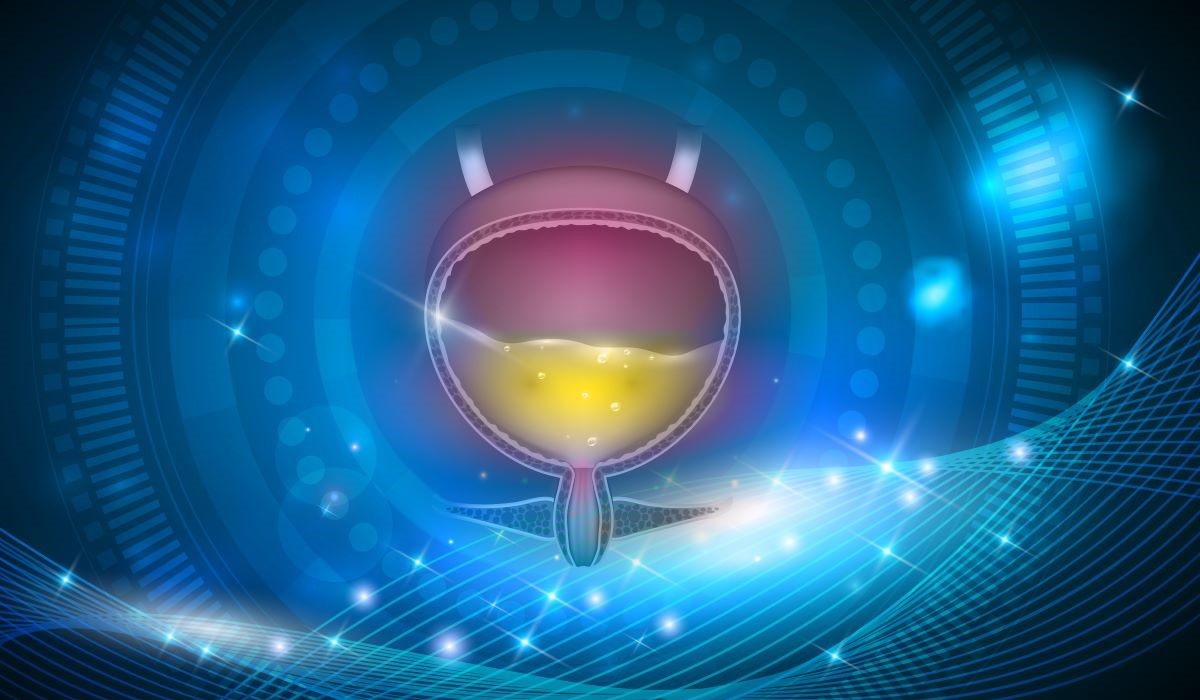Improvements seen in maximum cystometric capacity, maximum detrusor pressure, residual urine output, overactive bladder score
By Lori Solomon HealthDay Reporter
TUESDAY, Sept. 3, 2024 (HealthDay News) — Four weeks of low-frequency repeated transcranial magnetic stimulation (rTMS) positively impacts poststroke urinary incontinence, according to a study published online Aug. 8 in Scientific Reports.
Jialu Chen, from the Second Affiliated Hospital of Chongqing Medical University in China, and colleagues investigated the therapeutic effect of low-frequency rTMS on the contralesional primary motor cortex (M1) in 100 patients with poststroke urinary incontinence. The analysis included patients randomly assigned to the rTMS group or a sham-rTMS group.
The researchers found that after four weeks of intervention, the maximum cystometric capacity, maximum detrusor pressure, residual urine output, overactive bladder score (including frequency, urgency, and urgency urinary incontinence), and the International Consultation on Incontinence Questionnaire-Urinary Incontinence Short Form improved significantly in the rTMS group versus the sham-rTMS group. No changes in pelvic floor muscle electromyography were detected in patients in either group.
“Future clinical experiments aimed at determining the effectiveness of rTMS for poststroke urinary incontinence patients should be based on the timing and degree of damage, which could result in more effective rTMS programs,” the authors write.
Copyright © 2024 HealthDay. All rights reserved.








